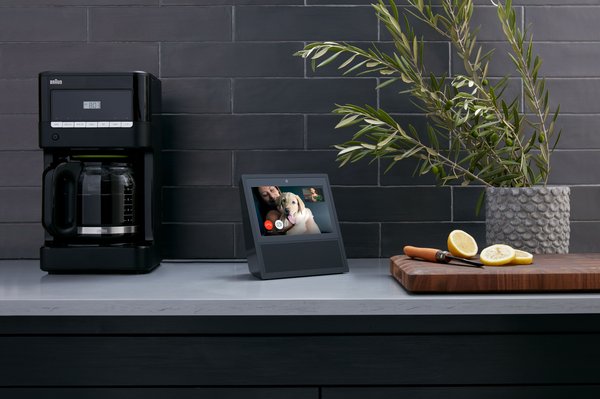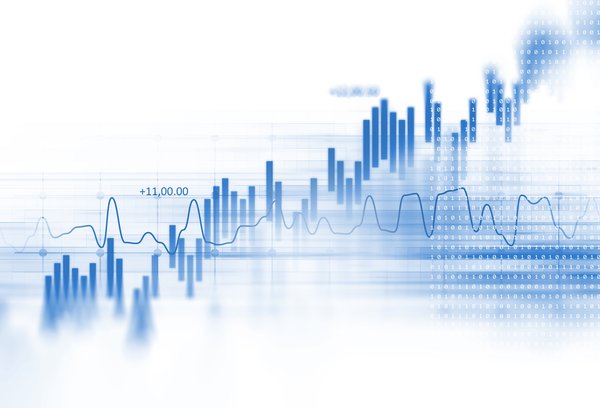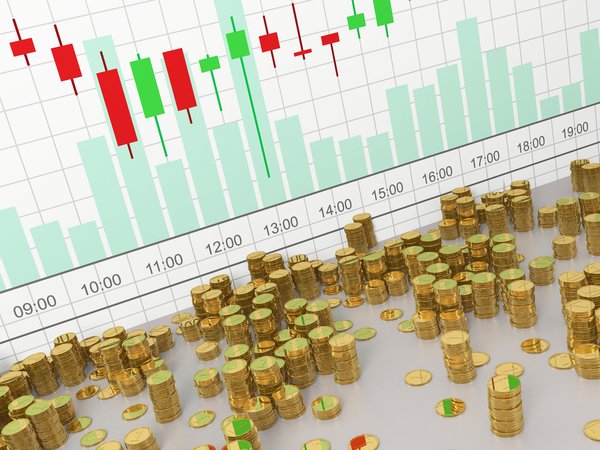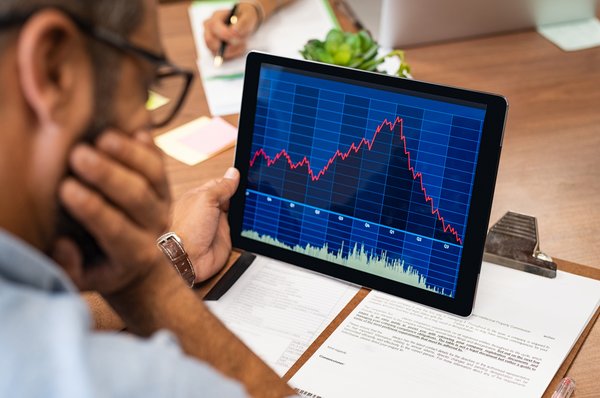Companies that manufacture or distribute products are often highly dependent on their partners for timely shipments and supplies. Sometimes, they decide to take matters into their own hands and rely on in-house operations to ensure a smooth-running supply chain.
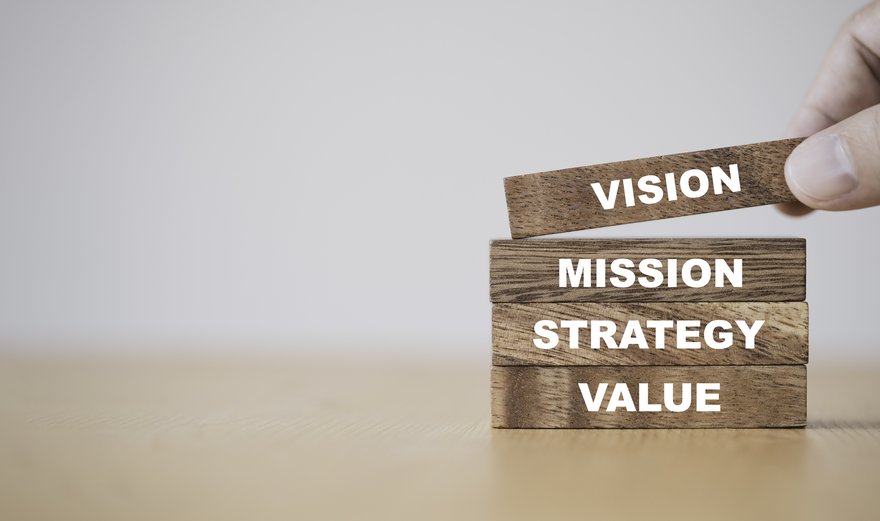
What is vertical integration?
What is vertical integration?
When a company makes or distributes a product, it’s often doing so as part of a larger supply chain. In a supply chain, a lot of different steps come together to create products, from raw materials to manufacturing, as well as logistics and distribution.
In many cases, the different steps along the supply chain are owned by different companies, adding expense and complexity to a process as seemingly simple as a customer buying a bag of popcorn.
With vertical integration, a company takes responsibility for more steps by acquiring the means to do other things itself. For example, a popcorn company might buy a corn farm or purchase a delivery company so they can ship their products to market without relying on outside transportation.
What are the types of vertical integration?
What are the types of vertical integration?
Although a company can create vertical integration in a number of ways, the most common are also the most obvious: backward integration and forward integration.
Backward integration is when the popcorn company buys a corn farm. They’re acquiring steps in the process that are needed before their product can be made and sold. Raw materials are a common backward integration, but other steps, such as bringing package production in-house, could be considered backward integration, as well. Anything that is needed before a product can be finished is part of the backward part of the supply chain.
Forward integration is just as simple. It’s all about the parts of the supply chain beyond the product manufacture. This is typically either some form of logistics (like those popcorn delivery trucks) or retail venues where the product is available directly to the customer. This could also apply to a raw materials producer, like if the corn farmer decided to purchase a popcorn factory.
Balanced integration happens when the manufacturer is involved in both backward and forward integration. Sometimes balanced integration is the result of multiple mergers since this level of vertical integration can be extremely expensive and difficult to manage for a single company.
Benefits of vertical integration
Benefits of vertical integration
One reason a company wants to become vertically integrated is to get a better handle on its supply chain. It may purchase companies that create bottlenecks in its manufacturing or distribution processes. With more control over the problem child in the supply chain, the company can often learn how the bottlenecks occur and better anticipate them.
The other main benefit of vertical integration is cost savings. Taking the overhead of another company and bringing it in-house can combine costs in an efficient way. Smaller costs obviously mean bigger profits. So if buying a distribution network means saving a lot of money on shipping popcorn, it only makes sense to do so when the cash is available.
Related investing topics
Drawbacks
Drawbacks of vertical integration
Vertical integration isn’t without its problems, though. It can be difficult to run companies with different purposes under the same umbrella. Indeed, it may not end up saving enough money to justify the chaos it causes. Instead of having one company that makes really good popcorn, you might have two companies doing a reasonable job of their parts of the supply chain.
In addition, vertical integration is costly. It’s no small thing to buy a whole corn farm or delivery company. These purchases can tie up a lot of a business' free cash flow until the debt can be paid down. If they end up not being as big of a cost-saver as had been hoped, the company can owe money for a very long time.
It can also take a while for a vertical integration to be utilized in the supply chain. Even if you have a distribution system of your own, you may still have to use external distributors while paying your people as your internal system comes online.








